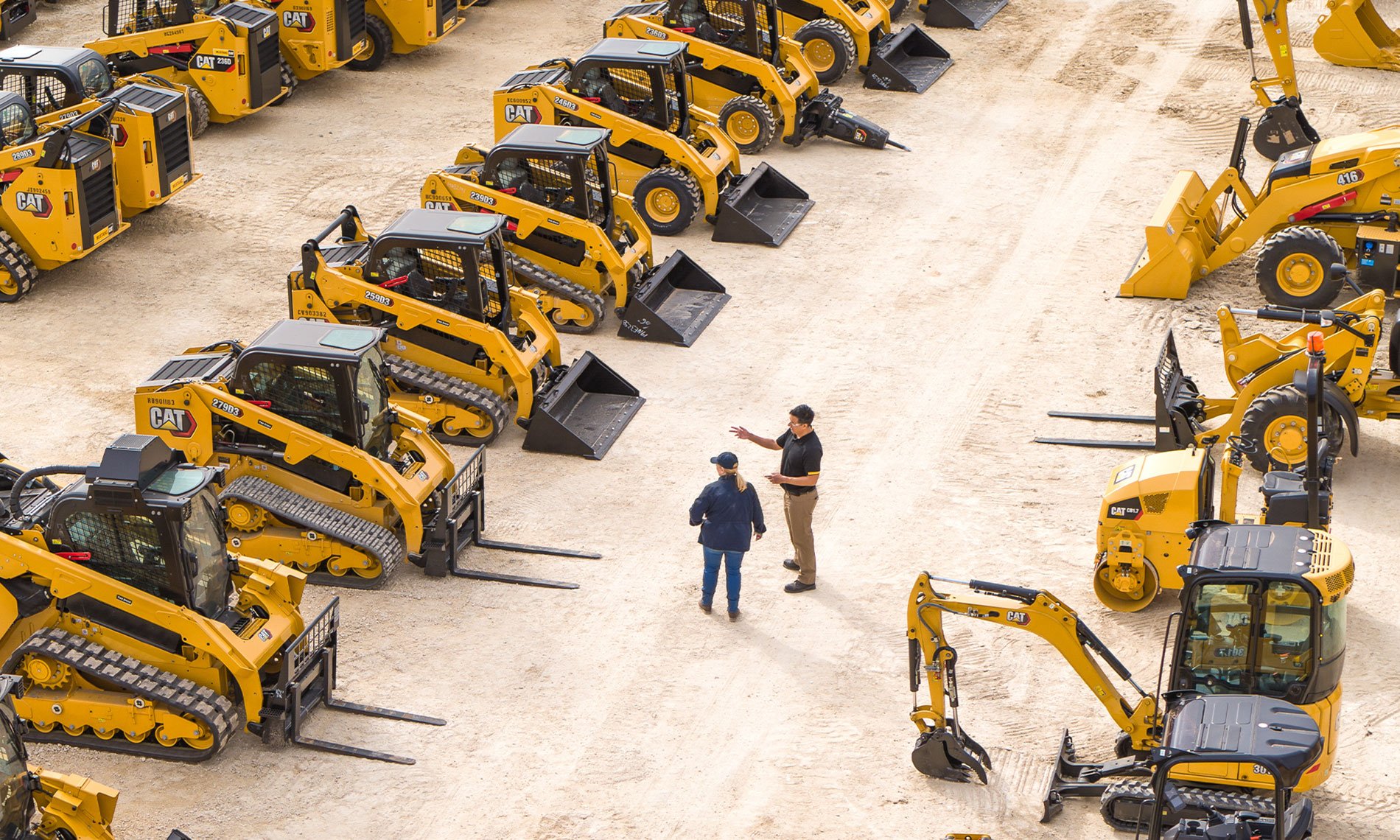Boom Lift Rental: Economical and Reputable Lifts for Any Work
Boom Lift Rental: Economical and Reputable Lifts for Any Work
Blog Article
Optimize Your Spending Plan by Recognizing the Prices Connected With Building And Construction Equipment Rentals
Comprehending the full range of costs connected with building equipment leasings is crucial for maximizing your spending plan. What strategies can be used to properly handle these costs and make sure a more efficient rental experience?
Summary of Rental Expenses
When considering building and construction equipment services, comprehending the connected prices is vital for effective budgeting and task preparation. Rental prices can vary significantly based upon several factors, consisting of devices type, period of rental, and area. The preliminary rental cost usually shows the tools's market demand and its linked functional capabilities, affecting the general expense.
In addition to the base rental price, secondary expenses might occur, such as transport charges, fuel additional charges, and maintenance fees. It is important to make up these extra costs to properly evaluate the total price of renting tools. The rental period can impact prices; longer services may certify for reduced prices, while temporary services could sustain higher everyday fees.

Failure of Rental Prices
A comprehensive understanding of rental rates is necessary for specialists and job supervisors intending to maximize their spending plans. Rental prices for construction devices typically contain a number of components, consisting of base rates, time-based costs, and use fees.
Base rates are the core fees associated with the leasing of the tools, usually determined by the type and dimension of the machinery. These prices can vary substantially, affected by variables such as tools demand, schedule, and regional market patterns. Time-based fees, which may be daily, weekly, or monthly, serve to fit various task timelines and rental periods.
Furthermore, rental rates may include usage charges, which are applicable when tools is made use of past a defined limit, making sure that the rental company can make up deterioration. Seasonal need variations can likewise affect rental prices, with peak construction periods commonly commanding greater rates.
Additionally, comprehending the rental business's plans relating to maintenance and insurance policy can offer more insight right into the overall cost framework. By analyzing these elements, contractors can make enlightened choices, ensuring the choice of rental devices straightens with both job needs and budget restraints.
Extra Costs to Take Into Consideration
Understanding the complexities of additional fees is vital for service providers to manage their overall rental costs properly. Past the basic rental rates, various extra fees can dramatically impact the total cost of equipment service. These costs usually consist of shipment and pickup fees, which can differ based on distance and logistics involved in delivering the devices to and from the task site.
Furthermore, some rental companies may impose fuel additional charges if the tools is returned with much less fuel than when rented. It is also vital to recognize potential cleaning costs, especially for specific tools that requires extensive maintenance after use.

Extensively evaluating the rental agreement and making clear these extra costs in advance can help service providers ensure and stay clear of unforeseen prices that budget plans remain undamaged throughout the task lifecycle.
Maintenance and Fixing Costs
Normal maintenance and repair work expenses are frequently forgotten variables that can substantially influence the total cost of building and construction equipment leasings. When renting devices, it is crucial to think about not just the rental charges however additionally the possible costs connected with keeping the machinery in ideal operating problem.
Numerous rental business include fundamental upkeep as component of the rental agreement; however, a lot more unexpected break downs or substantial fixings can lead to extra costs. It's important to review the rental contract thoroughly to comprehend what upkeep services are covered and what obligations fall on the tenant.
Furthermore, equipment that is not well-kept can bring about inefficiencies at work website, possibly boosting and triggering delays task costs. To reduce these risks, it is advisable to carry excavation central coast out normal assessments and maintain open interaction with the rental provider regarding any kind of problems that develop during use.
Insurance and Liability Prices
Insurance and liability prices are vital components that can dramatically affect the overall expense of building and construction tools rentals (scissor lift rental). These costs make sure that both the rental firm and the client are protected from potential financial losses developing from mishaps, damage, or burglary throughout the rental duration

Additionally, clients must understand any type of deductibles or exemptions in the insurance policy, as these can affect possible out-of-pocket expenses. Recognizing the terms and problems of any insurance policy coverage is vital to prevent unanticipated costs. Eventually, budgeting for insurance coverage and liability costs can aid guarantee a smoother rental experience and secure against economic risks connected with building and construction projects.
Conclusion
In final thought, a detailed understanding of the expenses associated with construction tools leasings is necessary for efficient budget management. Eventually, notified decision-making regarding tools services adds to the overall success of construction undertakings.
Rental expenses can vary dramatically based on several factors, consisting of devices kind, period of rental, and area (forklift rental). The rental duration can affect pricing; longer leasings might qualify for affordable rates, while temporary services may incur greater daily charges
By carrying out thorough study and engaging with reputable rental companies, professionals can effectively browse the intricacies of rental prices, inevitably maximizing their monetary sources.
Beyond the typical rental rates, different additional fees can significantly gauge sheet metal brake affect the complete price of equipment leasing. Rental firms often supply liability insurance that covers injuries to third celebrations or damage to residential property, while tools damage insurance can cover the cost of repair work or substitute if the leased tools is damaged.
Report this page